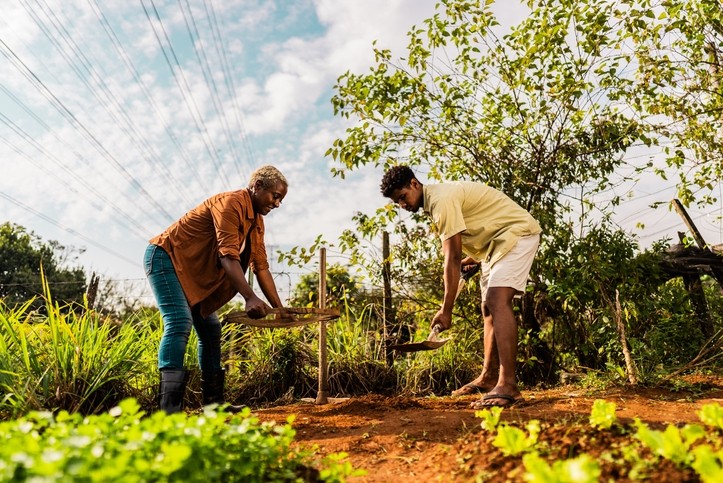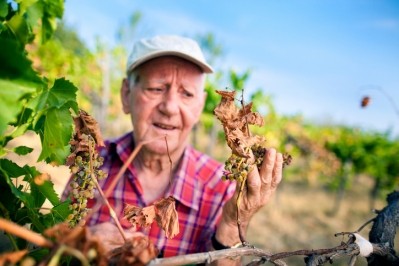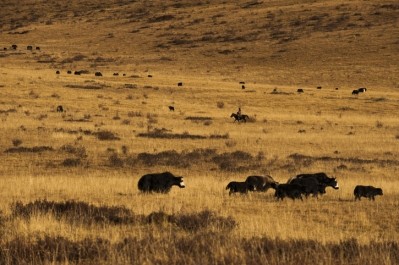How ‘citizen science’ hopes to find the crops of the future

The tricot method essentially uses farmers as ‘farmer researchers’ to test and validate new crop varieties under realistic conditions. This participatory approach allows for testing varieties in actual farm environment, capturing farmers' preferences and priorities an evaluating performance across diverse growing conditions.
The approach offers significant advantages over traditional field trials, say supporters. Costs are lower. It's highly scalable, allowing for hundreds or even thousands of small trials. The simplified format makes it accessible to farmers with varying literacy levels, whilst producing high-quality data. And as it enables testing across diverse environmental conditions to help identify varieties that perform well under local climate stresses, the approach is also particularly valuable for developing much-needed climate-resilient varieties.
How farmers and tech teamed up to better test crops
For over a decade, farmers across the world have been working with researchers at the Alliance of Bioversity International and CIAT to develop a better way to test new crop varieties and improve food security in their communities.
The research organisation believes food insecurity is on the rise worldwide, making it more important than even to test and roll-out new crop varieties adapted to changing local conditions and in keeping with local needs and capabilities.
It wasn’t always so easy to get farmers and agricultural researchers on the same page: not so long ago, most crop varieties and other technologies were tested in large-scale field plots under generic conditions. There was little attention paid to how weather conditions affected crop yield and there was also little interest or buy-in from farmers.
Ten years on, farmers have many incentives to engage in tricot studies such as the chance to gain access to new crop varieties, agricultural information, and perhaps improved yields.
Brazilian scientist Kauê de Sousa, a researcher at the Alliance of Bioversity International and CIAT, started working with tricot back in 2016, as a data analyst for the first set of data generated in India. “Unlike previous approaches, tricot helped to put the farmers’ fields at the centre of the agricultural experimentation,” de Sousa said. “This increases collaboration and makes the communication more interesting, not only to farmers and researchers, but to the whole community.”
But there is still more to be done to encourage farmer take-up, believes Alliance of Bioversity International and CIAT’s director for digital inclusion, Jacob van Etten. Referring to a retrospective on the tricot approach, he says that there are still key issues to resolve. These incluide from how to sustain enthusiasm, skills and financing among the scientific, technical, and farmer communities; to making tricot participants become more representative of the gender and other socio-economic diversity found in farming communities.
“It’s the interaction between people and technology that drives innovation,” he said. “We are still doing methodological research on how we can design trials in a way that farmers can get out of it that they want to get out of it.”
















